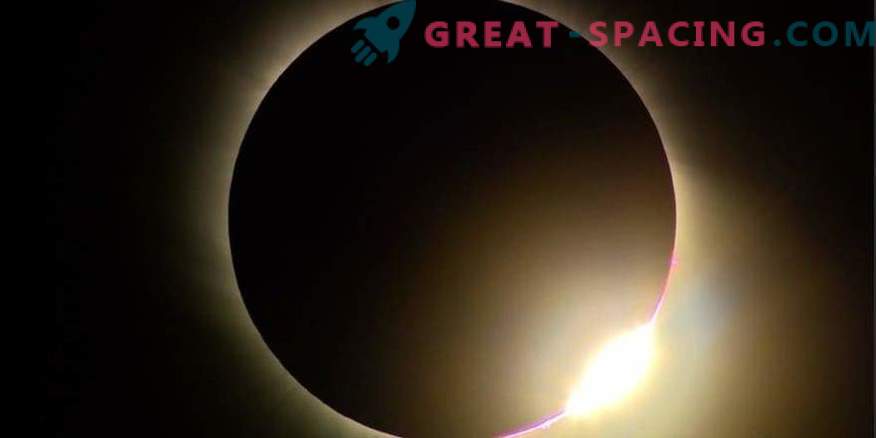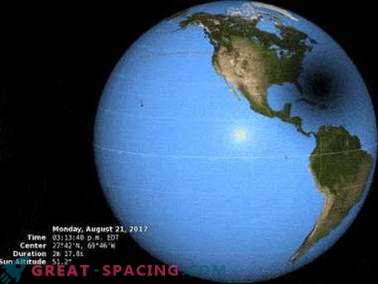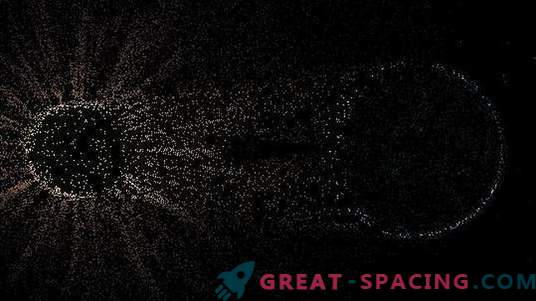
Let's go back to the recent past. August 3, 1998, Boulder (Colorado). Hours nailed noon, but it is dark outside. A dense cloud thickened on top, covering the ground for 30 minutes. Radiometers showed extremely low levels of incoming light. Scientists are so interested in this incident that in 2017 they decided to explore a solar eclipse in order to better understand the earth’s energy system.
The next event of a total solar eclipse is expected on August 21. The team is going to model the process on an advanced computer program. If everything ends well, then we will be able to improve the estimates of the amount of solar energy entering the earth and understand the principle of regulating the system by clouds.

An EPIC camera will create images similar to this from Lagrange 1 at a distance of a million miles from the planet.
The earth's energy system is constantly moving to maintain a balance between the incoming sun rays and the outgoing from the planet. Clouds play a crucial role here.
The moon at the time of the eclipse will cast a huge shadow. The team already knows the dimensions and the light-blocking properties of the satellite, but the ground and space equipment will help determine exactly how the shadow affects the object of incoming sunlight.
Previously, scientists conducted large-scale atmospheric measurements during eclipses, but this is the first time they are going to connect ground and space technology. In the experiment, they simulate a total solar eclipse in a three-dimensional model of the transport of rays. This picture will show exactly how the energy spreads across the earth. Modern models display clouds in one dimension. But for more accurate results, you need a 3D look. Their difference is that in the three-dimensional version you can see and calculate the many directions in which the clouds scatter the incoming light. The results will affect climate models and indicators of the energy budget of the planet.

During the eclipse, ground-based measurements will be conducted in Casper, Wyoming and Colombia.
The Pandora spectrometer will monitor each wavelength of light, and the pyranometer will measure the total amount of solar energy in all directions. Before and after the event, scientists will also calculate the amount of microelements absorbed in the atmosphere.
In space, the event will be followed by an EPIC camera on the ship DSCOVR, as well as cameras from the satellites Terra and Aqua. This study will be another step in the 30-year work of NASA to measure the incoming solar energy in the upper atmosphere and planetary recoil into space.
In the autumn, TSIS-1 on the ISS and the sixth CERES instrument for analyzing solar radiation are planned to be launched for further study.











































